The Akash Missile System remained the unsung hero during Operation Sindoor Phase 1. While the spotlight often fell on the S-400, Pakistani forces tried to take it down repeatedly. They launched multiple drones and loitering munitions, attempting to reach the S-400 system. However, the Akash Missile System consistently intercepted threats before they reached their target. As a result, no unit of the S-400 suffered damage throughout the entire operation.

Pakistani Efforts Failed Because Akash Missile System Blocked Every Threat
During the campaign, Pakistan wanted a symbolic victory. Knocking out the S-400 could have given it a war trophy. Yet, Akash and other indigenous systems disrupted every attempt. From the very first strike to the final drone swarm, Akash maintained an unbroken shield. It engaged small and fast-moving targets with consistent success.
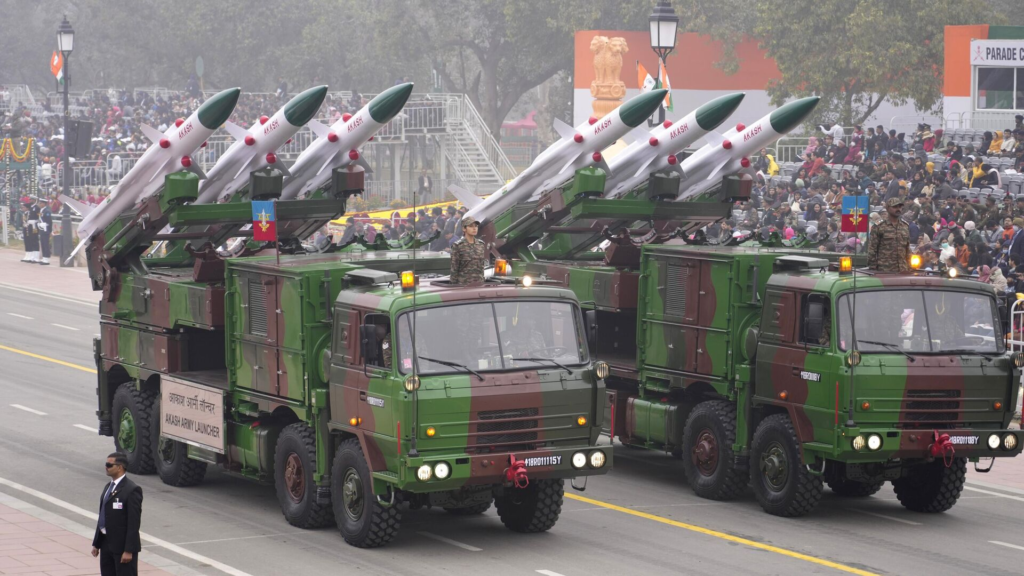
Short-Range Systems Like Akash Hold the Front Line in Layered Air Defense
In a networked defense, longer-range systems need constant support. Akash kept threats away from the S-400’s radar envelope. It worked like a forward shield, neutralizing anything incoming missiles, UAVs, or loitering bombs. As a result, the S-400 remained fully operational and undetected throughout the operation.
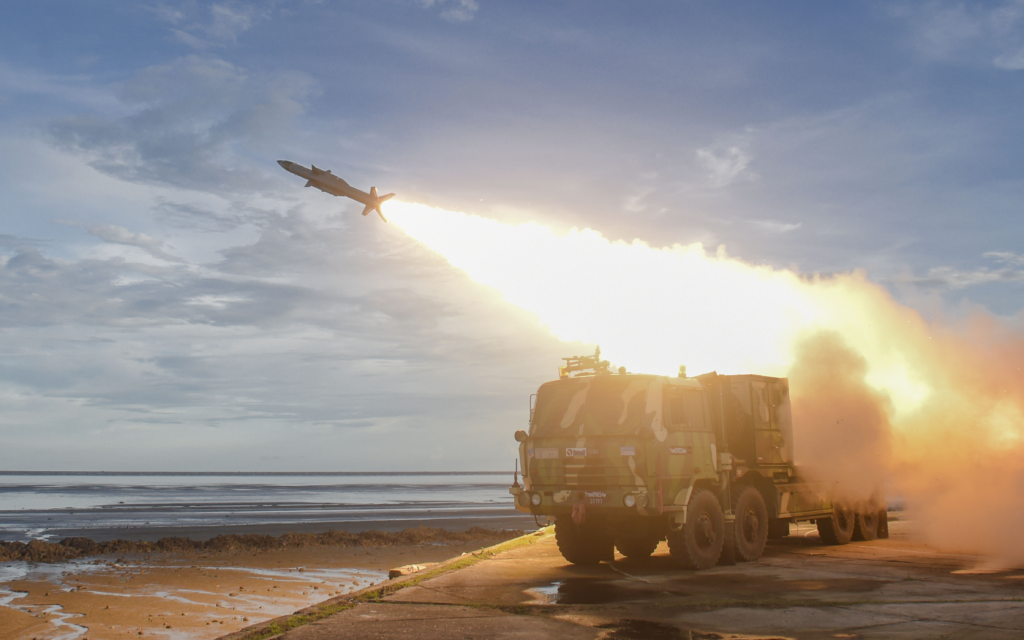
Akash Earned the Title “Turkish Drone Slayer” in Combat
Before the conflict, Turkish drones had a strong reputation. Their performance in other battlefields gained them global attention. However, over Indian skies, Akash brought them down like autumn leaves. Each drone strike by Akash sent shockwaves across enemy planning rooms. Defense commentators now refer to Akash as the “Turkish Drone Slayer,” a title earned by merit in battle.
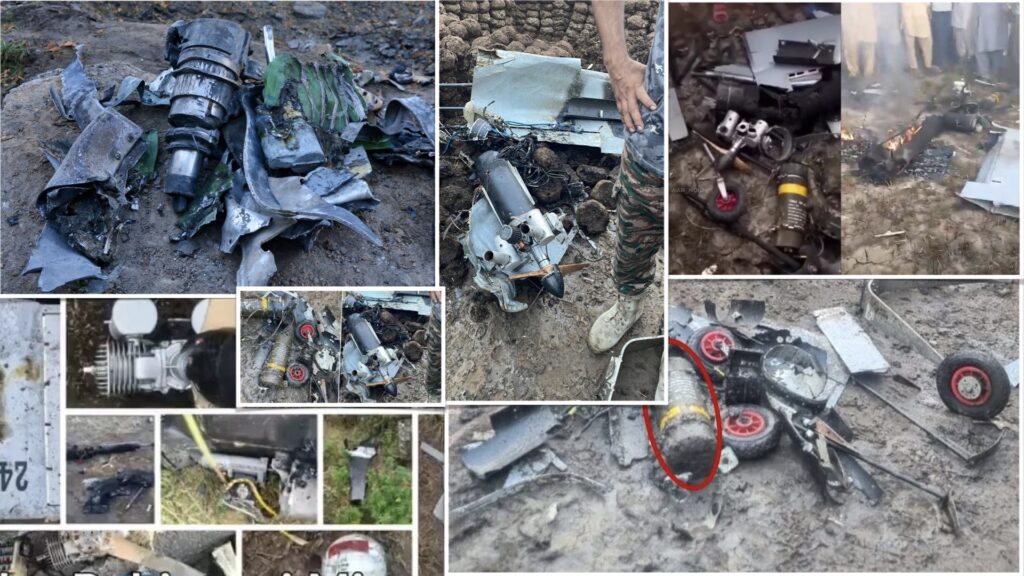
Indian Military Recognized Akash’s Role Quietly but Firmly
Even during the press briefing, India’s Director General of Military Operations avoided naming specific systems. However, the performance of Akash so such that they credited Akash as a major reason behind India’s air defense success. It did not just protect, “it dominated”.
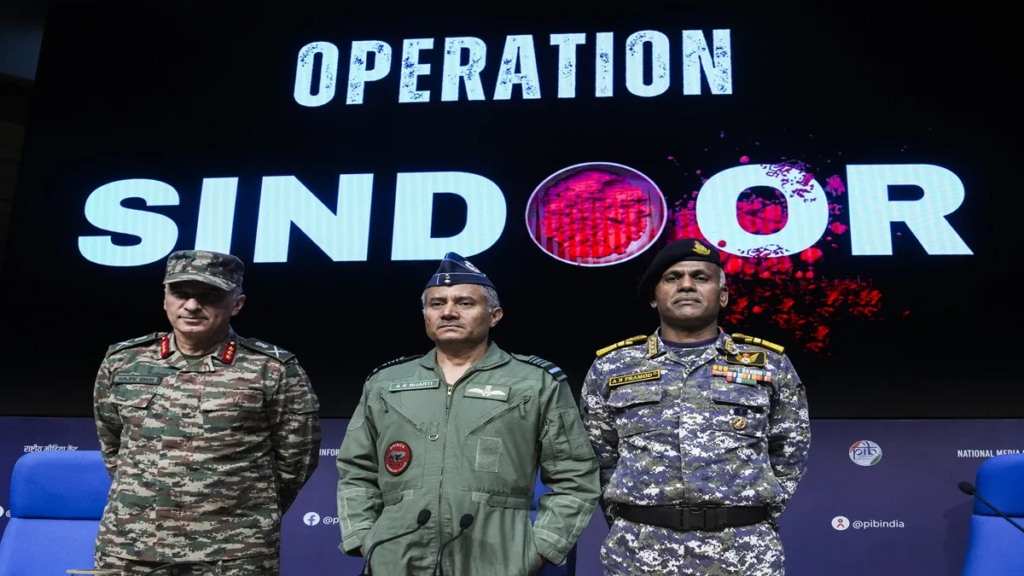
Akash Missile System Features a Powerful Radar and Mobile Formation
The Akash Missile System includes a powerful Rajendra radar, capable of tracking over 60 targets at once. Each Akash battery has four launchers, each with three ready-to-fire missiles. The command post, radar, and launchers are mounted on mobile vehicles. This configuration allows the system to relocate quickly under threat. The missile has a range of 25–30 kilometers and flies at supersonic speeds.

Akash Supports Networked Defense and Rapid Deployment Needs
Its quick reaction time and autonomous operation make Akash ideal for protecting strategic assets. It can engage multiple targets simultaneously and operate in harsh weather. Its mobility ensures it keeps pace with fast-moving units on the battlefield.
Akash Missile System Proved Its Worth in Real Combat
The Akash Missile System stood firm when it mattered the most. While the S-400 grabbed attention, Akash delivered results. It shielded India’s skies, earned respect in real conflict, and destroyed advanced drones with precision.
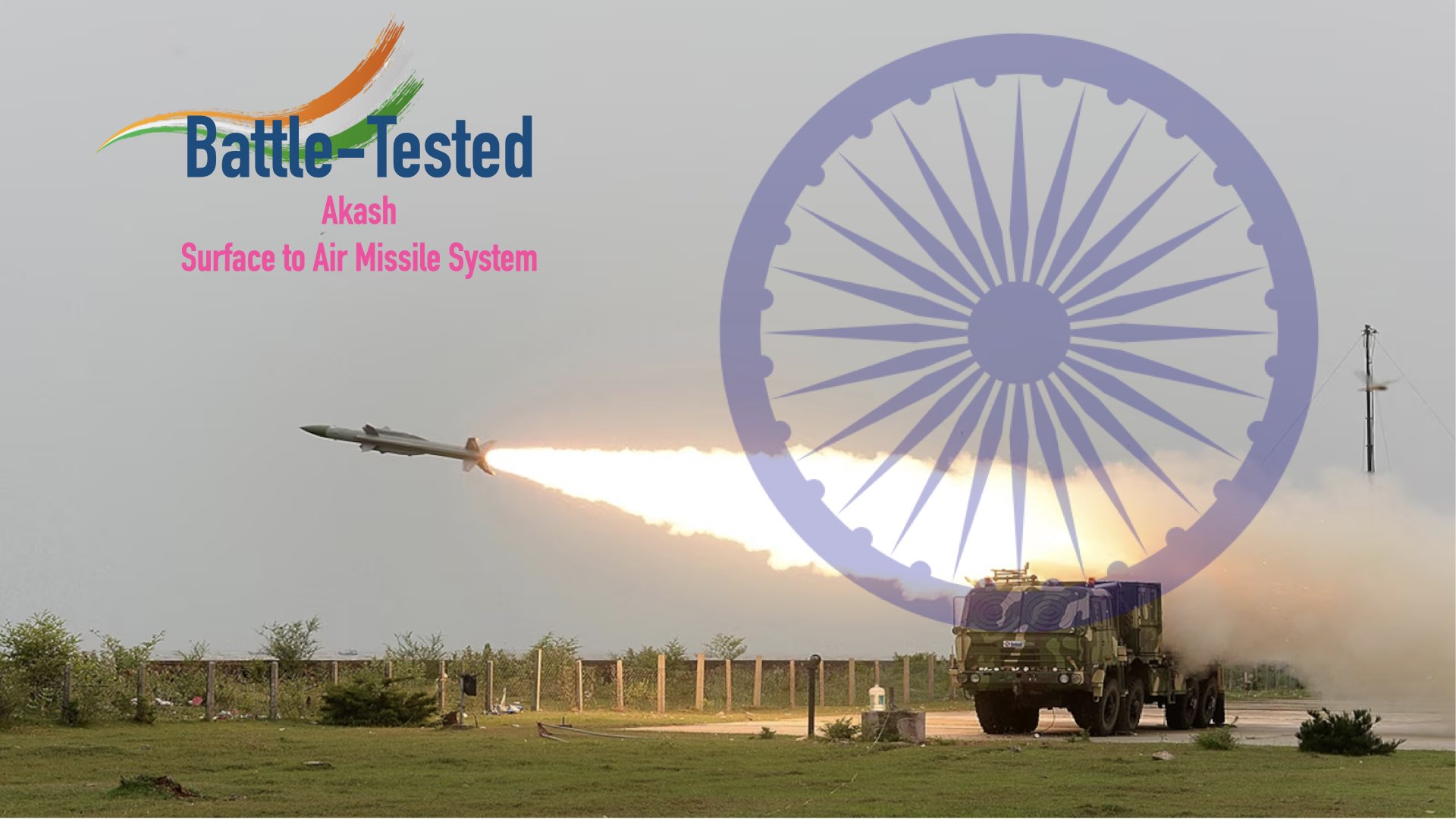
thank you ‘turkis drone slayer’ for protecting our sky. thank you DRDO
Aman Bhaiya zindabaad. Huge Fan Aman Bhaiya
First of all Bharat Mata Ki Jai.
Thank you so much from the bottom of my heart for saving us and teaching a historical message to whole world that, this is new BHARAT with visionary P.M. alongwith “AKASH”.
From a BHARTIYA.
[…] and nine terror camps. Precision minimized collateral damage. When pakistan tried retaliating, Indian air defence neutralised turkish drones and chinese […]
Nice post sir please approve my comments
How much for an Akash missile on average? How much for a munition drone? So what’s the exchange rate between Aksah missles and drones in money value? Any thoughts on this?